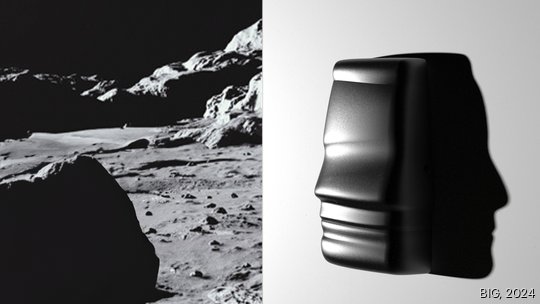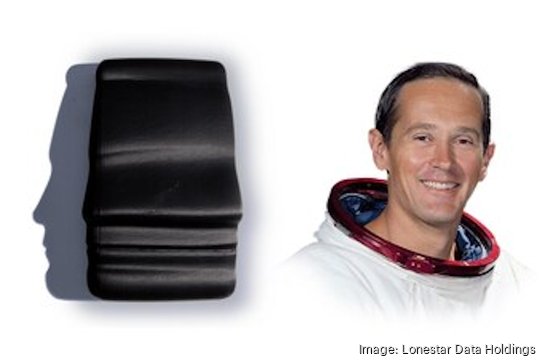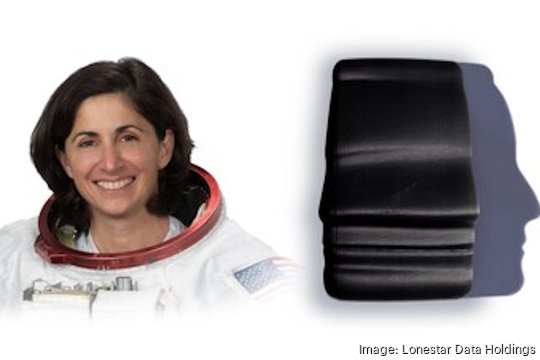
Multinational architecture firm Bjarke Ingels Group is known for its projects with Lego, Google and envisioning the 2 World Trade Center. But Bjarke Ingles Group has also become known for its space projects.
Chris Stott, the CEO and founder of St. Petersburg-based space tech startup Lonestar Data Holdings, met founder Bjarke Ingles at a TED conference in 2019 and remained in touch. Years later, the partnership completed a 3D-printed enclosure design for its specialized hard drives.
"Forever, we've put boxes in space," Stott said. "This is our project. We want to inspire every man, woman and child in the world to understand how important data is and how you can represent a new type of data center."
Lonestar Data Holdings plans to return to the moon and plant its data center technology in late 2024.
To Stott, the form and function of the created enclosure represent the startup's ambitious goals. The design has completed functional testing, like thermal testing, vibration testing and materials testing. It's built from materials with space-proof, durable properties, he said.
It also indicates the history and presence of humanity's endeavors in space — and envisioning the future.
The device features two faces. A silhouette of Charles Duke — a NASA astronaut, moonwalker and Apollo 16 mission member — is visible when the sun illuminates one side of the device. Nicole Stott — a veteran of several space missions, a board member for Lonestar Data Holdings and Chris Stott's wife — is visible when light shines oppositely in the lunar afternoon.
Lonestar Data Holdings data storage device
Stott said it's inspiring working with Bjarke Ingels Group because the firm is designing the future he wants to live in. Its creations are environmentally sound, sustainable and beautiful, he said. Lonestar and Bjarke Ingles Group are still working on plans for lunar infrastructure beyond the 3D-printed closure.
Besides the enclosure, Bjark Ingles Group has designed Mars habitats and lunar bases with NASA. It has also worked with various companies on products and buildings, from rocket storage to music festival cups.
Martin Voelkle, a managing partner for Bjarke Ingels, said the Lonestar Data Holdings enclosure is the physically smallest project he's worked on, but it has such significance.
"We just thought it should be something special since it's the first of its kind, this piece of equipment and hardware on the moon," Voelkle said. "... In this case, you can make using an element like the sunlight to make it an art piece, so it becomes an art installation at the same time as it is a hard drive."






